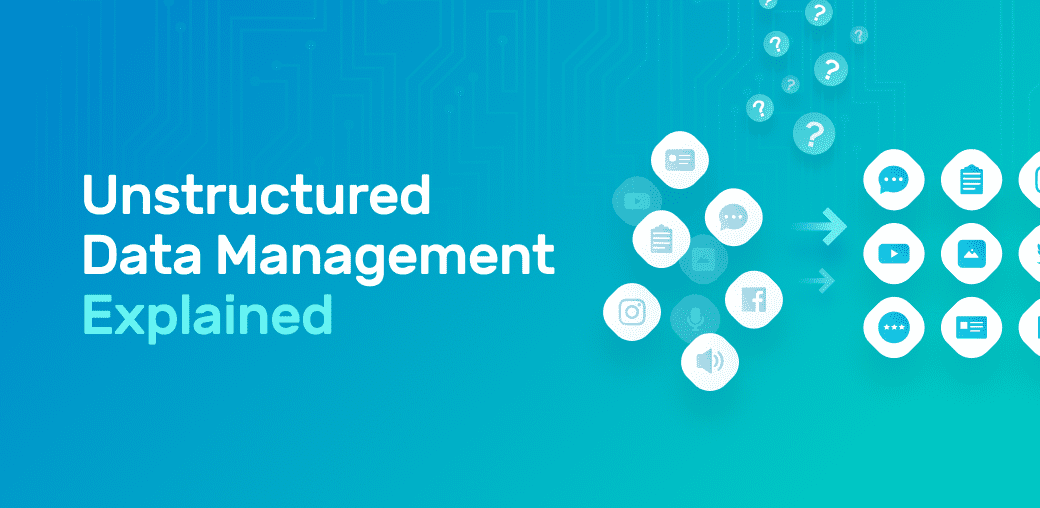In today’s world, data is everything. With the increasing amount of data being generated every day, businesses are finding it challenging to manage, store, and analyze data. In particular, unstructured data presents unique challenges to data management, as it can be difficult to organize and analyze. Unstructured data refers to any data that is not organized in a predefined way. This can include things like text documents, audio and video files, social media posts, and more. Unstructured data can come from a variety of sources and can be challenging to manage due to its sheer volume and complexity.
Get unstructured data management solutions
Unstructured data management solutions are tools and techniques used to organize, store, and analyze unstructured data. These solutions are designed to help businesses make sense of unstructured data and extract valuable insights from it.
The first step in managing unstructured data is to store it in a way that is easily accessible and searchable. This can be done using a variety of storage solutions, including file systems, databases, and data lakes. Each of these storage solutions has its own strengths and weaknesses, and businesses must choose the one that best fits their needs.
File systems are the most basic form of storage and are ideal for storing small to medium-sized files. They are easy to use and cost-effective, making them an excellent choice for small businesses or those with limited budgets. However, file systems can be challenging to scale and can become disorganized over time, making them less effective for larger organizations.
Databases are more robust than file systems and are ideal for storing structured data. They are designed to handle large amounts of data and are highly scalable, making them an excellent choice for larger organizations. However, databases can be challenging to manage and can be expensive to set up and maintain.
Data lakes are a relatively new form of storage that is designed specifically for unstructured data solutions. They are highly scalable and flexible, making them an excellent choice for organizations that need to store and analyze large amounts of unstructured data. However, data lakes can be challenging to set up and manage, and they require specialized skills to use effectively.
Once unstructured data is stored, the next step is to organize it in a way that is easily searchable and accessible. This can be done using a variety of techniques, including natural language processing (NLP), machine learning, and data mining.
NLP is a technique used to extract meaning from text data. It involves analyzing the structure and content of text data to identify patterns and relationships. NLP can be used to identify key phrases, sentiments, and other important information from text data, making it an excellent tool for analyzing social media posts, customer feedback, and other unstructured data sources.
Machine learning is a technique used to teach computers to recognize patterns in data. It involves training a machine learning algorithm on a set of data and then using that algorithm to make predictions on new data. Machine learning can be used to identify patterns in unstructured data, such as images or video files, making it an excellent tool for analyzing large datasets.
Data mining is a technique used to identify patterns and relationships in data. It involves analyzing large datasets to identify trends and patterns that can be used to make predictions about future behavior. Data mining can be used to analyze unstructured data, such as social media posts, to identify trends and patterns that can be used to inform business decisions.
Finally, once unstructured data has been organized and analyzed, businesses can use the insights gained to make informed decisions. These insights can be used to identify trends, optimize business processes, and improve customer experiences.
Conclusion
unstructured data management solutions are essential tools for businesses looking to make sense of the growing amount of unstructured data being generated every day. By storing, organizing, and analyzing unstructured data, businesses can gain valuable insights that can be used to inform decision-making and































